VIEW: Earth's Energy Resources (BrainPop)
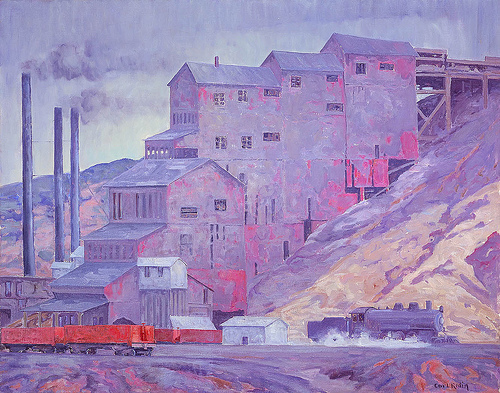
Fossil fuels such as coal, oil, and natural gas, are examples of nonrenewable resources. Fossil fuels are finite resources - they take millions of years to form, there is a limited amount available on Earth, and once they are consumed we can never get them back.
Humans emit a lot of carbon to the atmosphere through the consumption of fossil fuels. In addition to sequestering, or trapping, carbon in order to prevent it from entering the atmosphere, the use of renewable resources could also help offset the anthropogenic (human) additions of carbon to the atmosphere. Renewable resources are energy sources that are abundant and can replenish themselves. Examples of renewable energy resources include wind, solar, geothermal, water, and nuclear power. Renewable energy resources do not emit carbon into the atmosphere, and therefore include minimal human influences on the carbon cycle. Additionally, they are "cleaner" energy sources, meaning that not only do they not emit carbon into the atmosphere, they also do not emit other types of air pollution such as particulate matter or nitrogen oxides.
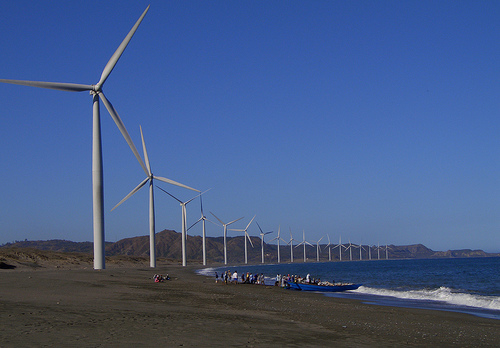
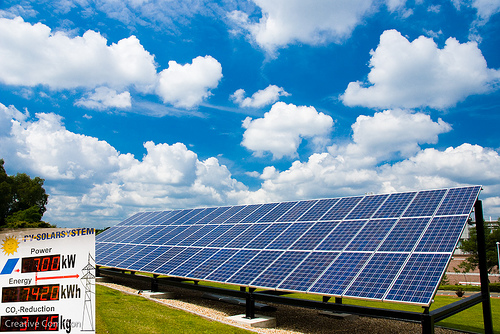
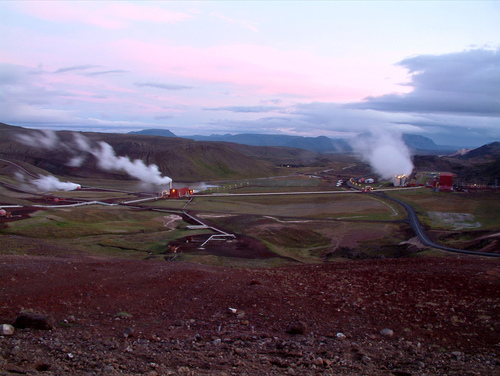

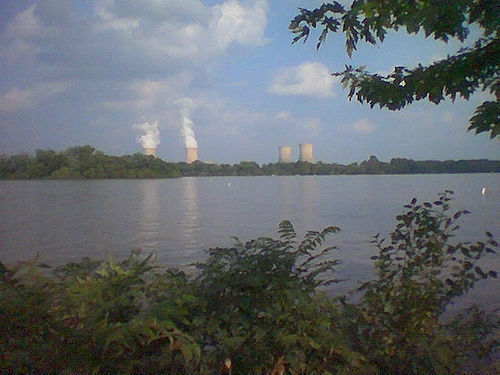
After you have completed this part of the lesson, you can check the box for this lesson piece in the course to mark it as complete